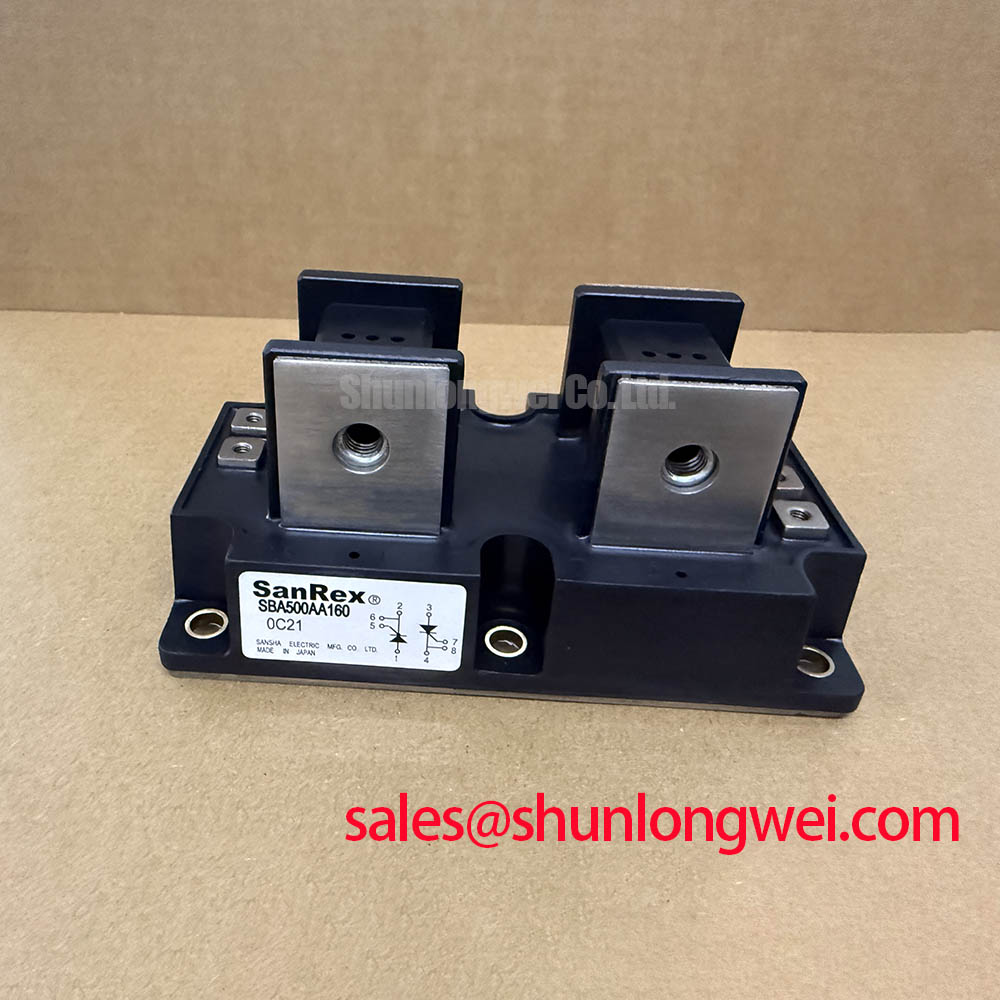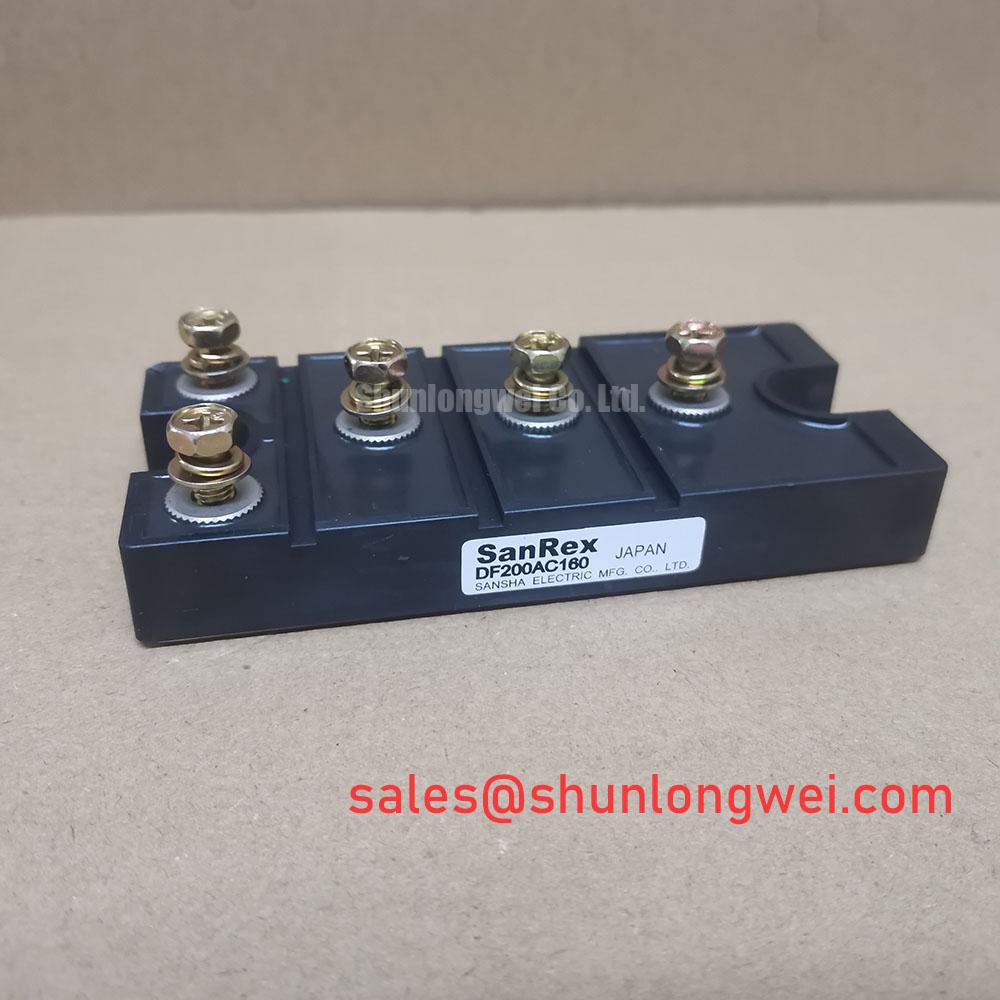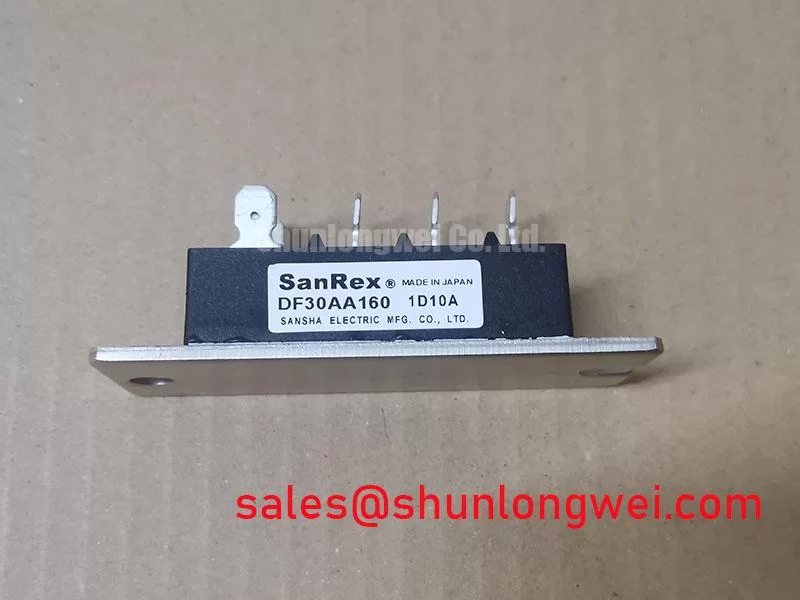Content last revised on November 22, 2025
PWB130AA40 | 4000V, 130A Diode Bridge Module | Engineering Analysis
Introduction and Feature Overview
The PWB130AA40 is a high-voltage, three-phase diode bridge module engineered for robust thermal management and long-term reliability in industrial power conversion systems. It integrates six diodes in a single package, offering key specifications of 4000V | 130A | Tj = 150°C. This design delivers two primary engineering benefits: superior high-voltage blocking capability and efficient thermal transfer from the silicon to the heatsink. For engineers designing the front-end of high-power equipment, this module provides a dependable rectification solution capable of withstanding the rigors of demanding electrical environments. For high-power systems operating on medium-voltage lines, the PWB130AA40's 4000V rating provides a critical safety margin and robust performance.
Application Scenarios & Value
System-Level Benefits in High-Voltage Rectification
The PWB130AA40 is engineered for high-power, high-voltage applications where reliability is a primary design criterion. Its most significant value is demonstrated in the front-end input rectifier stage of large-scale systems. Consider a heavy-duty Variable Frequency Drive (VFD) controlling multi-megawatt motors in mining or material processing. These systems often connect to medium-voltage lines where significant voltage transients are common. The core engineering challenge is to ensure the rectifier can survive these surges without catastrophic failure. The PWB130AA40's 4000V repetitive peak reverse voltage (VRRM) provides the substantial safety margin required to absorb such transients, ensuring operational continuity and protecting downstream components like the DC bus capacitors and inverter stage. This high blocking voltage simplifies the design of protective snubber circuits and enhances the overall ruggedness of the power converter. While the PWB130AA40 is optimized for such high-voltage inputs, for standard 400V/480V line applications, a module like the CM600DX-24T may be evaluated for its specific current handling capabilities in that voltage class.
Key Parameter Overview
Decoding the Specs for System Reliability and Performance
Understanding the key parameters of the PWB130AA40 is crucial for leveraging its full potential in a power system design. The specifications are not just numbers; they directly correlate to performance, reliability, and the total cost of ownership.
| Parameter | Value & Engineering Implication |
|---|---|
| Repetitive Peak Reverse Voltage (VRRM) | 4000V: This is the module's primary defense, defining its ability to block high reverse voltages without breaking down. A 4000V rating offers a significant safety margin for systems connected to volatile industrial grids. Think of it as a dam wall built to withstand a 100-year flood; it provides robust protection against unexpected and potentially destructive voltage spikes. |
| Average Forward Current (IF(AV)) | 130A: This rating at a case temperature of 87°C dictates the module's capacity for continuous power throughput. It directly determines the maximum power the rectifier can deliver without exceeding its thermal limits, making it a cornerstone for system sizing. |
| Maximum Junction Temperature (Tjmax) | 150°C: This specifies the highest internal operating temperature the silicon die can safely handle. A high Tjmax provides a larger thermal operating window, offering greater resilience in high ambient temperature environments or during momentary overload conditions. |
| Isolation Voltage (Viso) | 3000V (AC, 1 minute): This parameter guarantees electrical isolation between the live terminals and the module's baseplate. It is critical for safety compliance and simplifies system assembly by allowing the module to be mounted directly to a grounded chassis or heatsink without requiring additional insulating layers. |
Download the PWB130AA40 datasheet for detailed specifications and performance curves.
Technical Deep Dive
A Closer Look at High-Voltage Blocking and Thermal Design
The standout feature of the PWB130AA40 is its 4000V blocking capability, a specification that directly addresses the challenge of reliability in medium-voltage power systems. In the field, industrial grids are rarely stable; events like lightning strikes, switching of large inductive loads, or utility grid faults can induce transient overvoltages that far exceed the nominal line voltage. A module with an insufficient VRRM rating would be susceptible to avalanche breakdown, leading to immediate and often catastrophic failure of the entire power converter.
The PWB130AA40's high rating provides a buffer, ensuring the device remains securely in its blocking state during these events. This inherent robustness reduces the dependency on complex, bulky, and expensive external protection circuits, ultimately contributing to a more reliable and cost-effective system design. Furthermore, the thermal design is central to its long-term performance. The module's thermal resistance (Rth(j-c)) acts as a pathway for waste heat generated during conduction. This parameter is analogous to the width of a pipe draining heat from the silicon junctions; a lower thermal resistance value signifies a wider pipe, enabling heat to be extracted more efficiently. This efficiency is critical for keeping the junction temperature well below the 150°C maximum, which is a key factor in extending the operational lifespan and preventing premature failure. For an in-depth understanding of how voltage, current, and thermal parameters interact, see this practical guide to module selection.
Frequently Asked Questions (FAQ)
Engineering Questions on Implementation and Reliability
What is the primary advantage of a 4000V VRRM rating in an industrial application?
Its main advantage is providing a substantial safety margin against voltage transients on medium-voltage AC lines (e.g., 690V, 1000V). This robustness prevents rectifier failure during common grid disturbances, directly enhancing system uptime and long-term reliability.
What defines the PWB130AA40's core capability?
Its 4000V blocking voltage for medium-voltage rectification.
What are the key considerations for thermally mounting the PWB130AA40?
For optimal performance, ensure the heatsink surface is flat (typically within 50µm) and clean. Apply a thin, uniform layer of thermal grease before mounting, and tighten the mounting bolts to the torque specified in the datasheet to achieve the lowest possible contact thermal resistance (Rth(c-s)).
Is a negative gate voltage required for this diode module?
No. The PWB130AA40 is a diode bridge and does not have a gate terminal. It consists of uncontrollable rectifiers (diodes) that conduct when forward-biased. This simplifies the control system compared to active switching devices like IGBTs or thyristors.
How does its isolation enhance system safety?
The 3000V isolation voltage allows the module's baseplate to be directly mounted to a grounded heatsink. This simplifies mechanical design and helps meet safety standards like those governed by industrial equipment regulations by preventing high voltage from appearing on exposed metal surfaces.
How does it enhance reliability?
Through effective thermal design and robust high-voltage construction.
From a design perspective, the PWB130AA40's robust specifications empower engineers to build highly reliable power conversion systems with confidence. The high voltage rating and effective thermal design reduce the need for external compensating components, allowing for more streamlined and resilient architectures prepared for real-world industrial environments.














